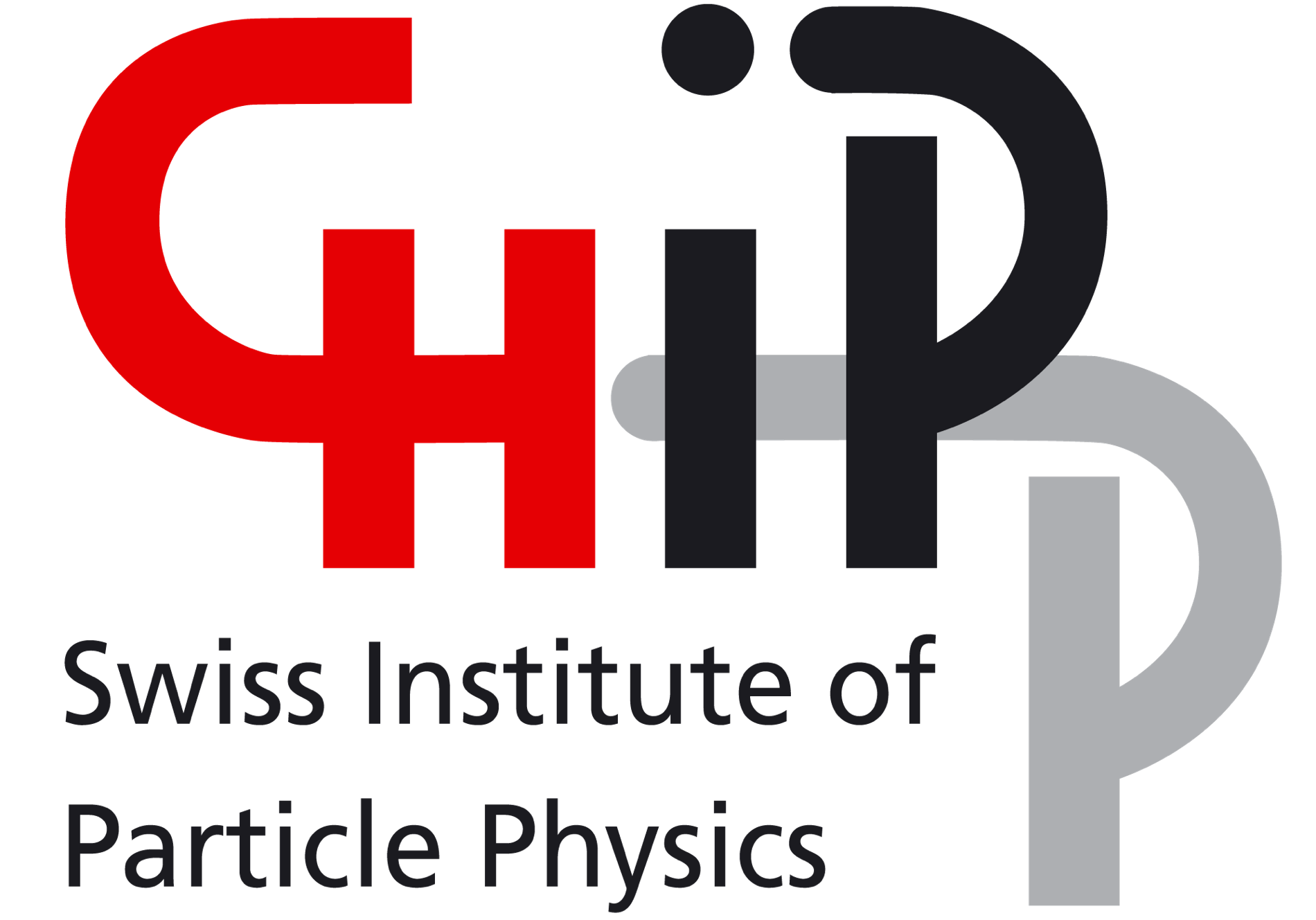No axion action
Beam EDM experiment searches for dark matter with precision measurements

The electric dipole moment of the neutron is a hot topic in the Swiss physics landscape right now. There is growing excitement about the n2EDM experiment (link), for example, which will start next year with ultra-precise measurements of the electric dipole moment of the neutron, which could tell us a lot about why we exist. In addition, another experiment on the electric dipole moment of the neutron is also making headlines: "Beam EDM".
The international research team of the experiment developed at the University of Bern has honed in on the mysterious dark matter a little closer. Dark matter, which should make up a large part of the matter in the universe according to cosmological observations, in all probability consists of particles that we have not yet discovered. There are various experiments that either search for these particle candidates directly or try to narrow down the search area more and more in order to track down the particles that are predicted by many different theories. One of the predicted dark matter particles is the so-called axion, which is very light and does not interact with other particles. "If these elusive axions do exist, they should leave a characteristic signature in our sensitive measurement apparatus," Florian Piegsa, professor of low-energy and precision physics at the Albert Einstein Center for Fundamental Physics (AEC) at the University of Bern, explains.
"Our experiment allows us to determine the rotational frequency of neutron spins moving through a superposition of electric and magnetic fields," says Ivo Schulthess, PhD student at the AEC and first author of the study now published in Physical Review Letters. Similar to n2EDM, the spin of each individual neutron acts as a kind of compass needle, which rotates like the second hand of a wristwatch due to the magnetic field - but almost 400,000 times faster. "We permanently took precise measurements of this rotational frequency and looked for tiny periodic fluctuations that would be caused by the interaction with the axions", explains Piegsa. The results of the experiment were unambiguous: "The rotational frequency of the neutrons remained unchanged, which means that there is no evidence of axions in our measurement," says Piegsa.
The experiment was carried out at the European Research Neutron Source of the Institut Laue-Langevin in France and, with the new data, provides an important contribution in the search for still unknown particles of matter. The researchers were able to experimentally exclude a previously completely unexplored parameter range for axions. Meanwhile, Beam EDM continues its search for the electric dipole moment of the neutron.
article: New Limit on Axionlike Dark Matter Using Cold Neutrons, Phys. Rev. Lett. 129, 191801 - 4/11/2022: https://journals.aps.org/prl/abstract/10.1103/PhysRevLett.129.191801
University of Bern / Barbara Warmbein


